About the Greenwich Historical Society
We preserve and interpret Greenwich history to strengthen the community’s connection to our past, to each other and to our future.
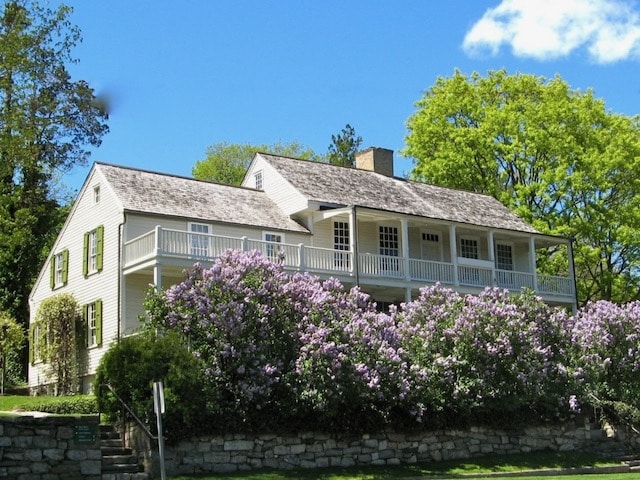
Bush-Holley House
At the core of Greenwich Historical Society is the Bush-Holley House, a circa 1730 National Historic Landmark in the Cos Cob section of Greenwich. The house’s origin extends back to the early 18th century. The residence survived the war on the frontier between loyalist New York and patriot Connecticut and was home to people enslaved by the Bush family, who were among the last to experience emancipation in Connecticut.
Preservation & Growth
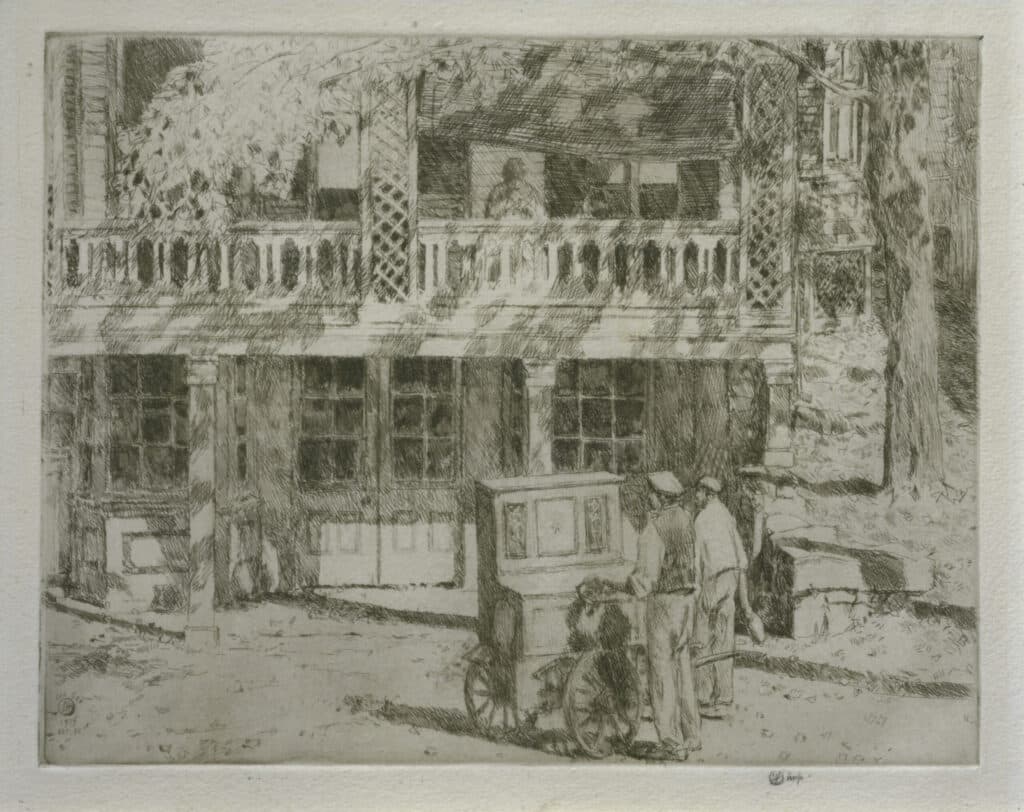
The firm’s schematic drawings demonstrated to donors and stakeholders the feasibility of its restoration, which would allow for a unified, restored streetscape providing visual context for the Bush-Holley House, with the Storehouse and Toby’s Tavern restored to their historic appearance, as documented in photographs and paintings during the Cos Cob art colony era.
The design of the expanded campus demanded a highly-sophisticated approach to preservation, and required patience, commitment and leadership from the board and staff. The site topography and location near the Mianus River I-95 overpass posed unique challenges: Bush-Holley House is sited 30 feet above street level and Toby’s Tavern’s basement is in a flood plain. All the improvements required consideration of the integral relationship between Bush-Holley House and its historic landscape, ADA-compliant accessibility, and its outdoor site use, including heirloom gardens, family programs and rentals to private and community partners.
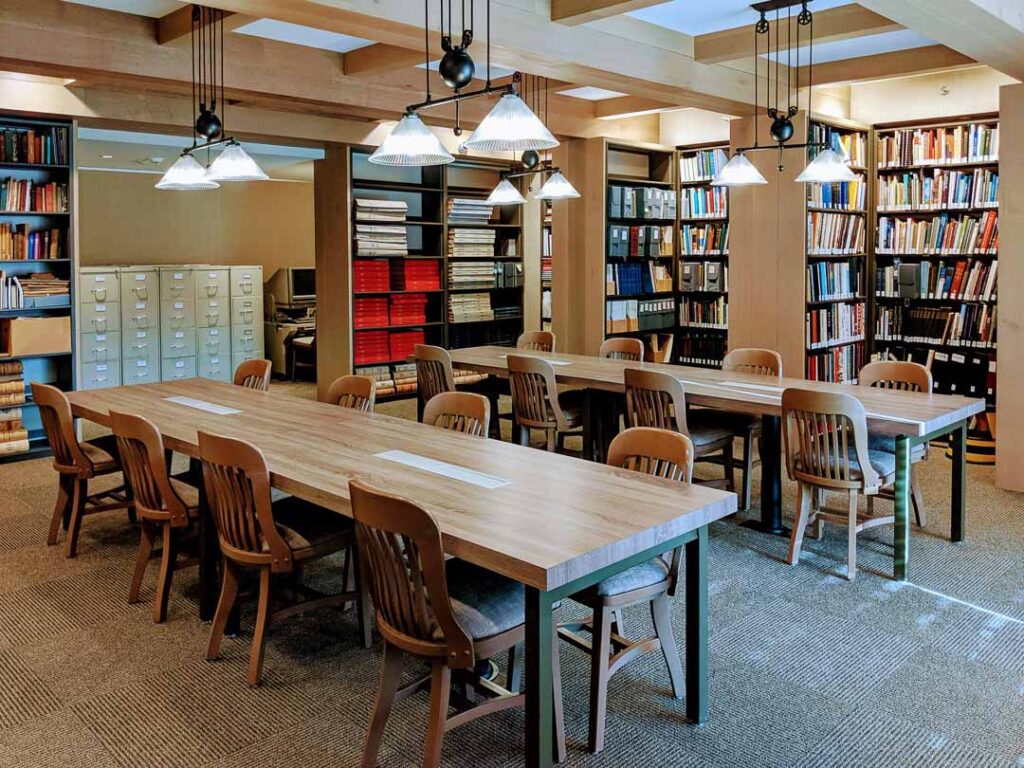
Library & Archives
Greenwich Historical Society’s Archives preserves and shares the past through documents. The Reading Room overlooks the courtyard and provides researchers with a view of the restored historic Bush Storehouse and the Mianus River beyond.
Researchers, writers, genealogists and those looking to connect modern Greenwich with its rich history and sense of place–the Archives collections offer state-of-the-art research opportunities and preservation of treasured artifacts.
Galleries
The Permanent Collection Gallery presents visitors with an introduction to Greenwich and to the Bush-Holley site, as well as to Impressionism and the significance of this place to the story of American art history.
The nearby Special Exhibition Gallery provides flexible space for curated exhibits each year. Exhibits focusing on Greenwich, including the award-winning exhibit An American Story: Finding Home in Fairfield County, An American Odyssey: The Jewish Experience in Greenwich, and An Eye to the East: The Inspiration of Japan, inspired community and conversation among cultural groups to explore shared history and experience.
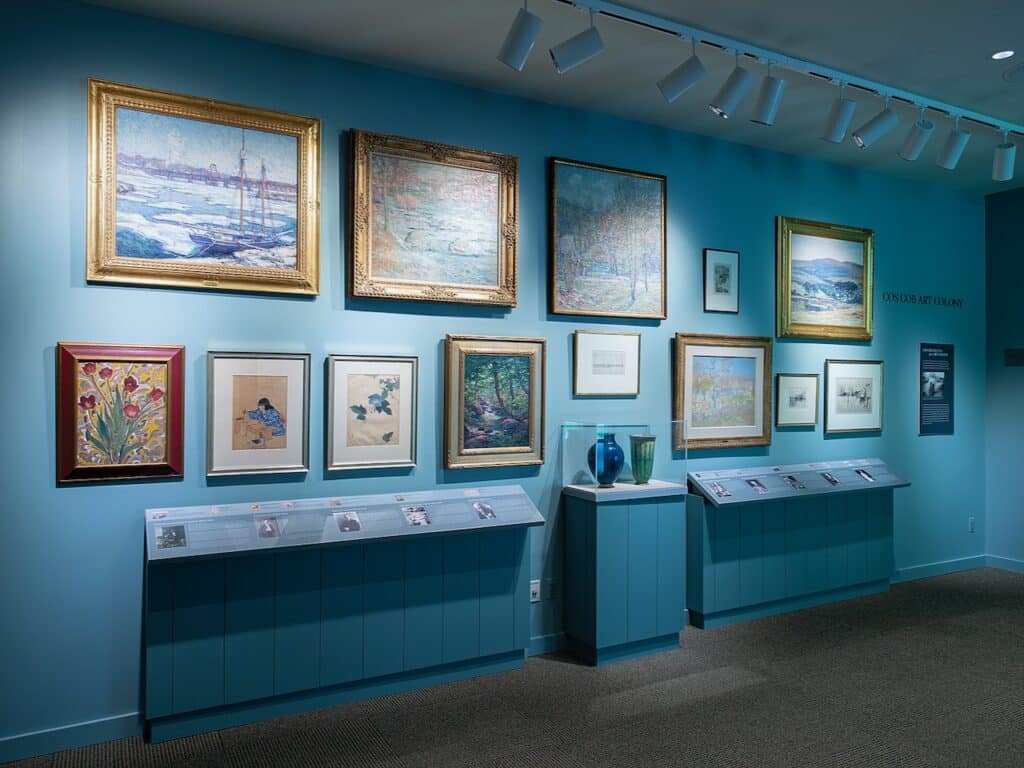
Community Involvement
With its restored campus, the Society hosts numerous events including farm-to-table gatherings, lectures and symposia, provides space for outside group functions, and has greater ability to generate earned income to support the operation of the historic site. The master plan project simultaneously restored structures, provided new opportunities for educational programs, community engagement and re-established the place that inspired a generation of American Art.
Greenwich Historical Society enriches our community by offering dynamic programs and exhibitions that spark dialogue, inspire meaningful collaborations and inform the challenges of the future. We are committed to providing important historical context to issues of our time and to offering an environment where diverse perspectives can be heard and collective solutions explored.
Education
The Museum–School Partnership offers free programs to every child in 1st through 5th grade at local Title 1 schools, including crafts, providing artists in the classroom to teach self-portraiture, and training as junior docents at Bush-Holley House.

Gardens, Landscape & Accessibility
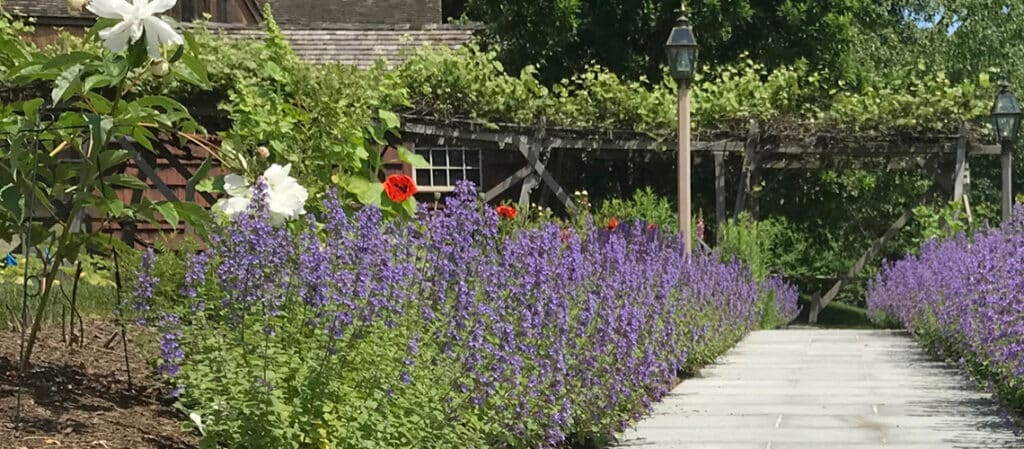
Before the recent Master Plan project, Greenwich Historical Society’s structures and site were largely inaccessible. Through thoughtful planning and study of original garden and building placement–with only one elevator in the new complex–visitors can now circulate at grade. Restored gardens are based upon original plant lists and other period documentation. The reconstructed arbor supports original 120 year old grape vines.
Among other sitewide improvements are path lighting, way-finding and interpretive panels, replication of original fencing, correction of drainage issues including restoration of the original river rock swale, and construction of discreetly placed, much-needed additional parking–all while reclaiming bucolic greenspace. The project brought in new electrical power and a transformer for the site eliminating inappropriate overhead wires.
Strategic Planning
In service of this mission and vision, the Historical Society is framing its work from 2022 through 2026 under the theme of telling a fuller history of Greenwich to a broader audience, with a focus on including, engaging and representing the town’s many communities.

Visit Us
We welcome visitors to come tour the Bush-Holley House, the Galleries, stroll the gardens, participate in events, attend lectures, and more! With so much to offer the community, we hope you will visit us soon!